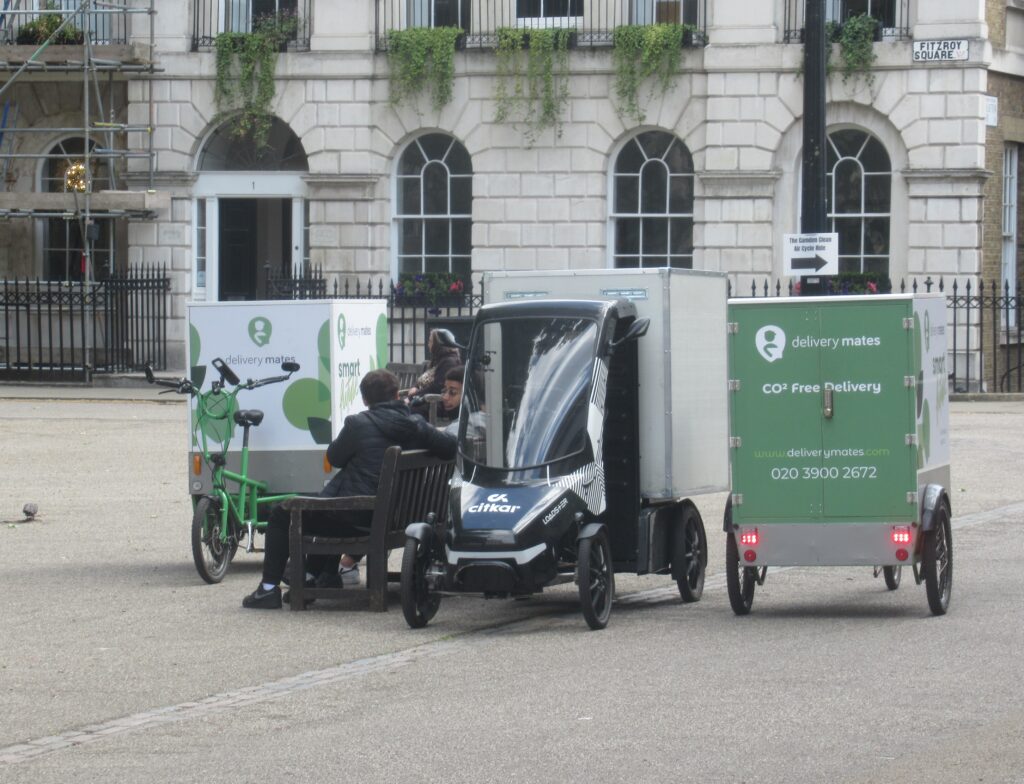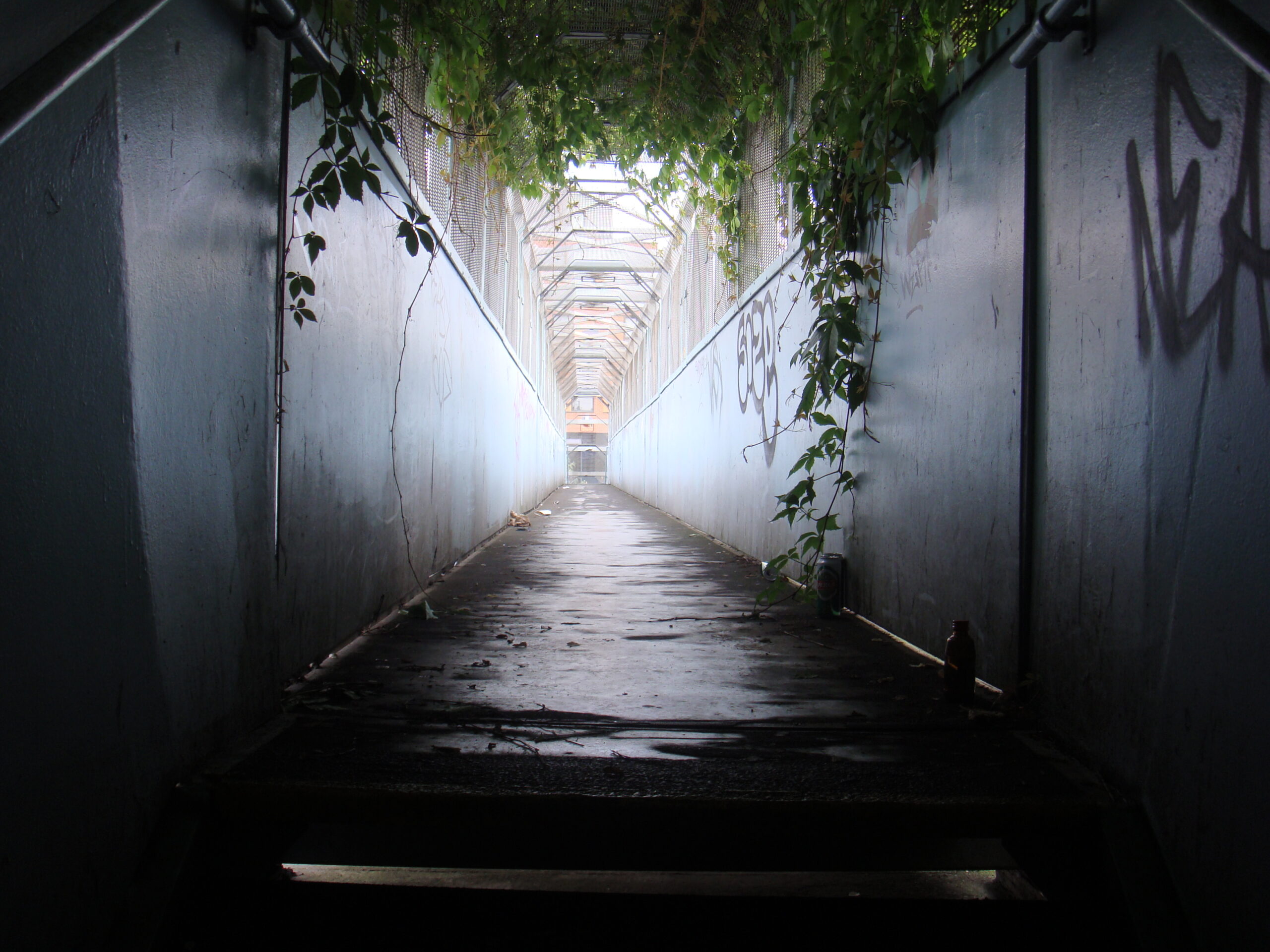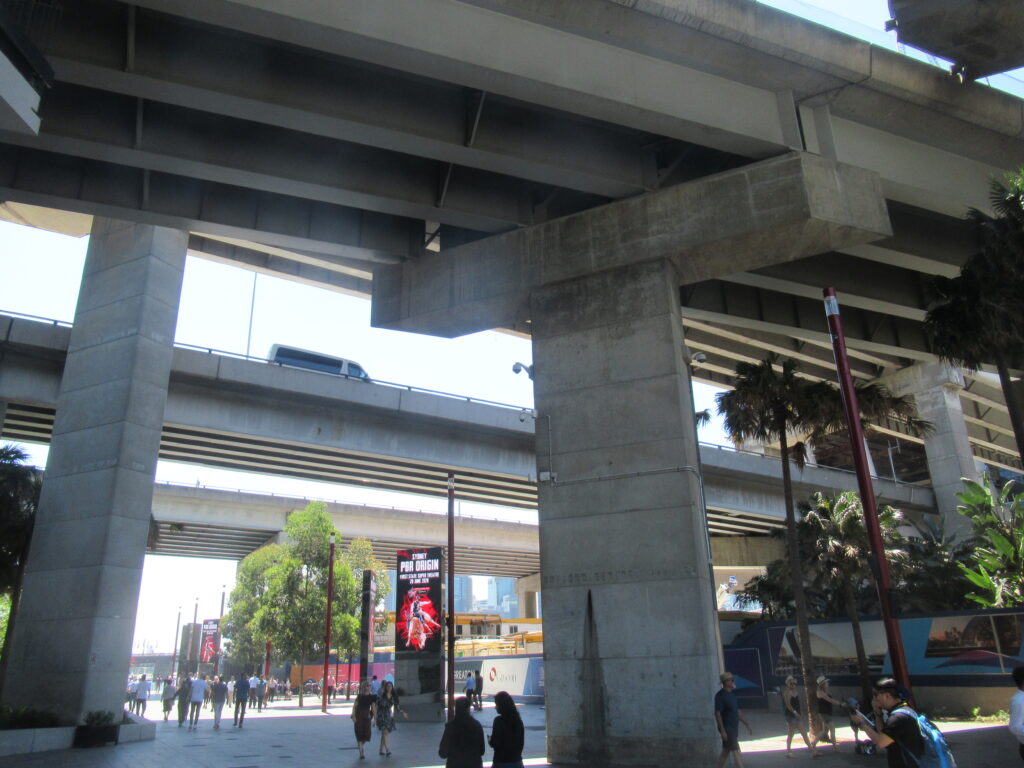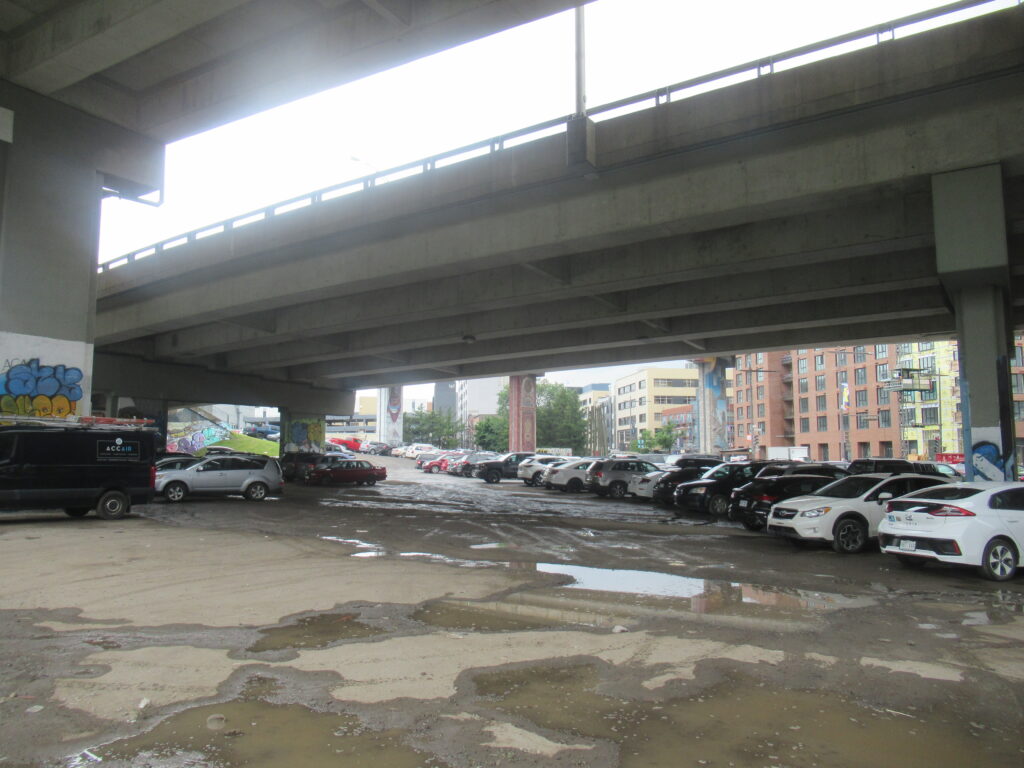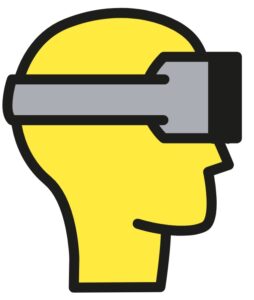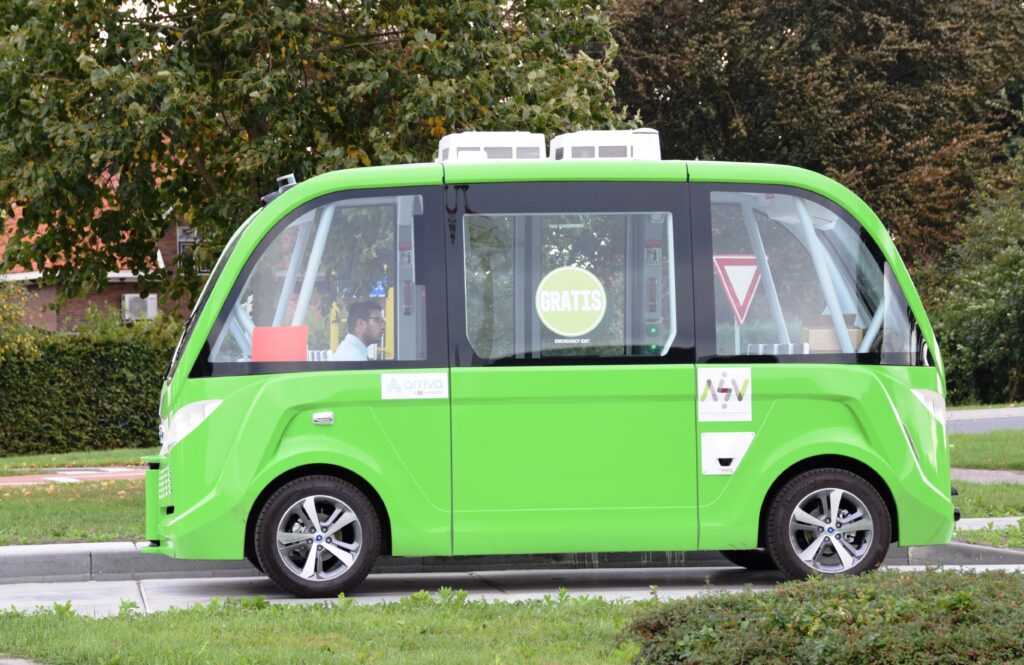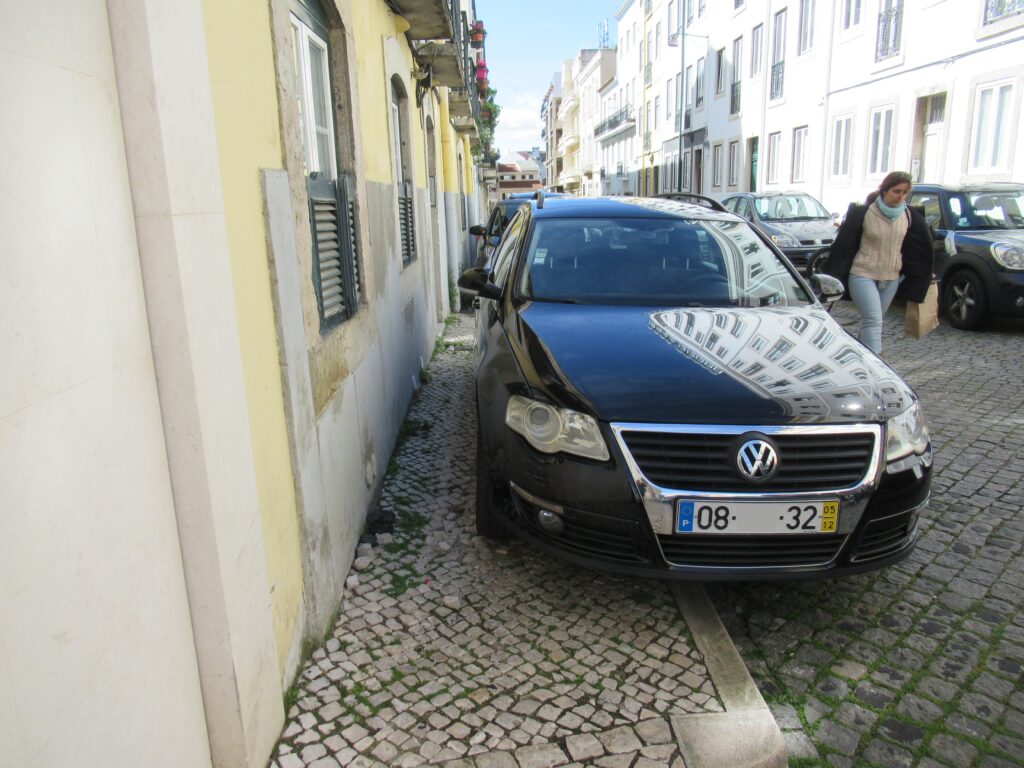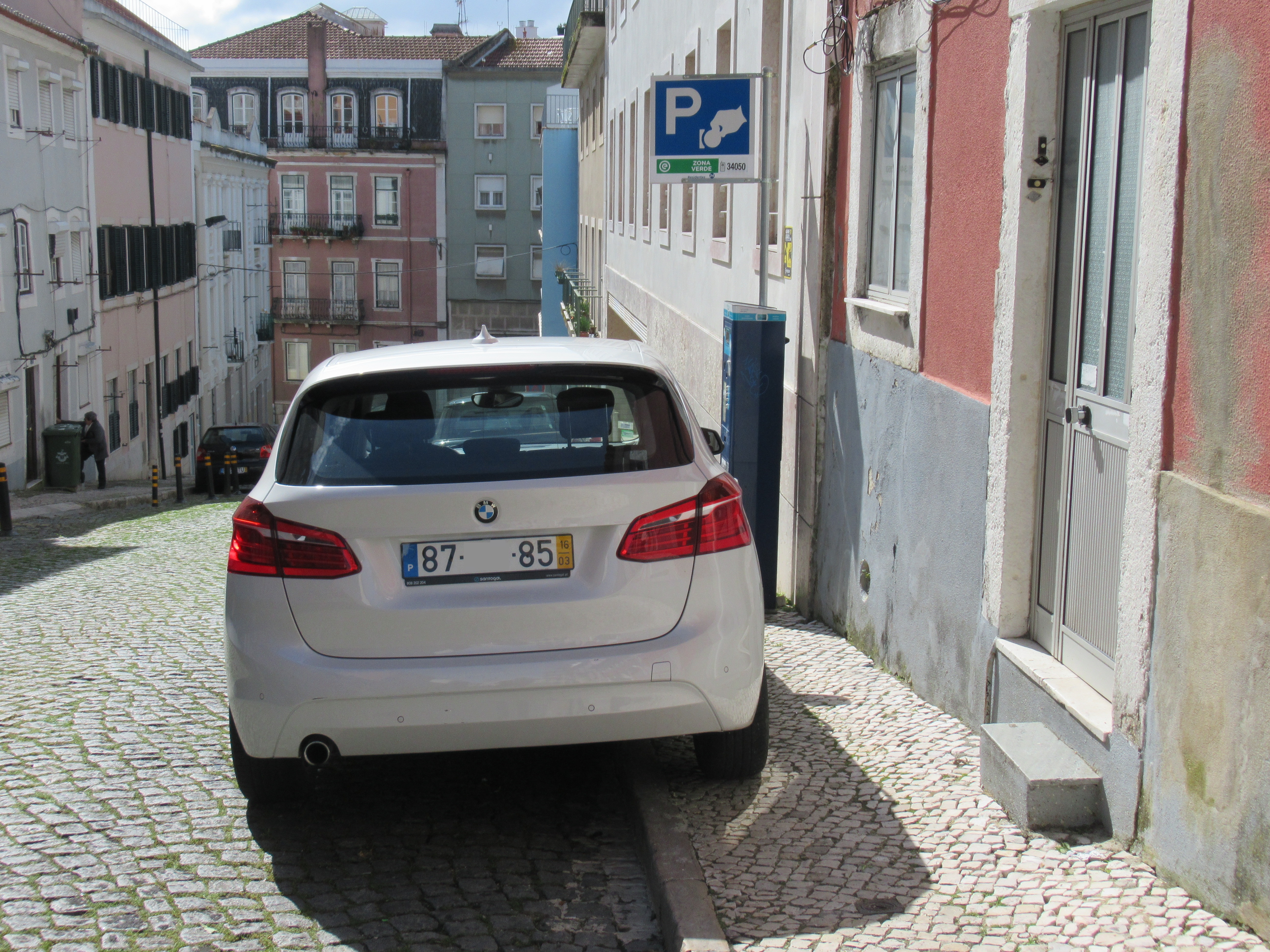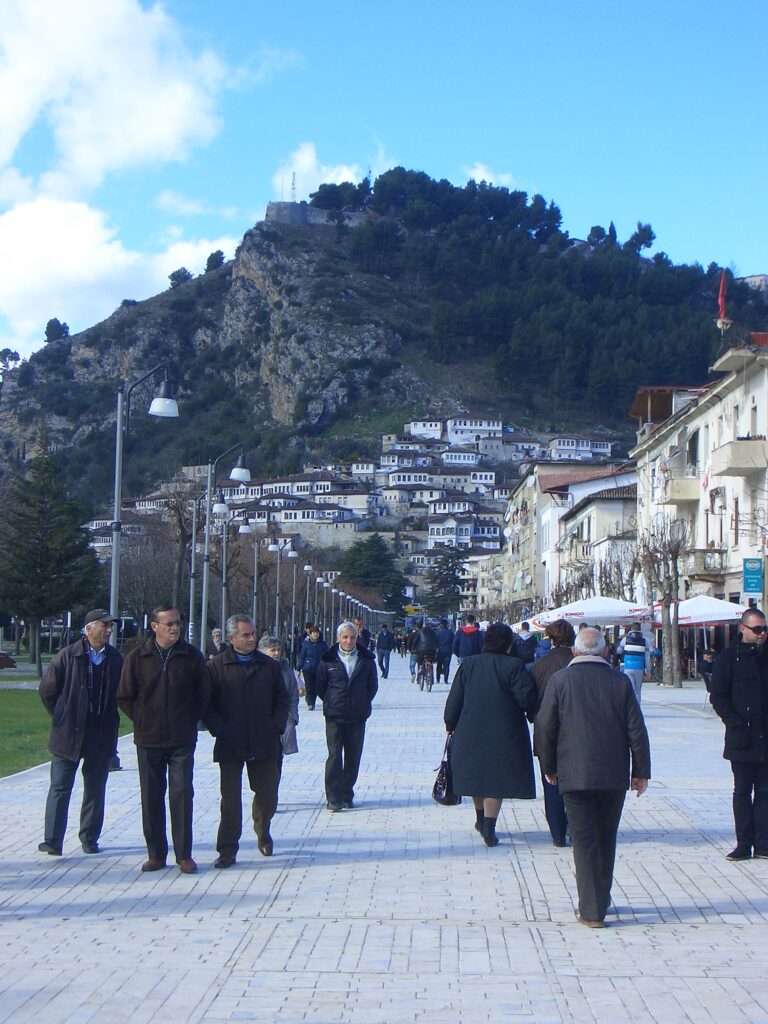We can see a lot of these structures in roads in Thailand, especially in rural areas. They have a nice design and are used for different purposes. They are called ศาลาริมถนน (sala rim thanon), or “roadside pavilion”. They are a variant of Sala Thai, open pavilions used as meeting place or for shelter. For example, town halls and temples often have one. The roof design helps with ventilation.

Since I am a researcher, I will proceed by creating a new multiword concept for these roadside pavilions, together with an acronym which has never been used before and will never be used again. Let’s call this the “Thai Style Multifunctional Roadside Structure” or TSMRS. I could now splash the rest of this post with TSMRS’s. For further academic kudos, I could mix it with other obscure acronyms, to make a tasty soup of letters. But I want you to keep reading so I won’t do it.
For years, I thought these roadside pavilions were just bus stops. If they were just bus stops, they would still be great. They are spacious, have bench seats, are sheltered from sun and rain, are easily identifable, and have a unique design. What they don’t usually have is bus schedules. But there are not that many fixed-schedule buses anyway. And even for non fixed-schedule public transport, they are still the best place to wait, because they tend to be conveniently located and are sheltered. One problem of using these pavilions as bus stops, though, is that they are only on one side of the road. If the bus comes from the other direction, it forces passengers to cross the road.
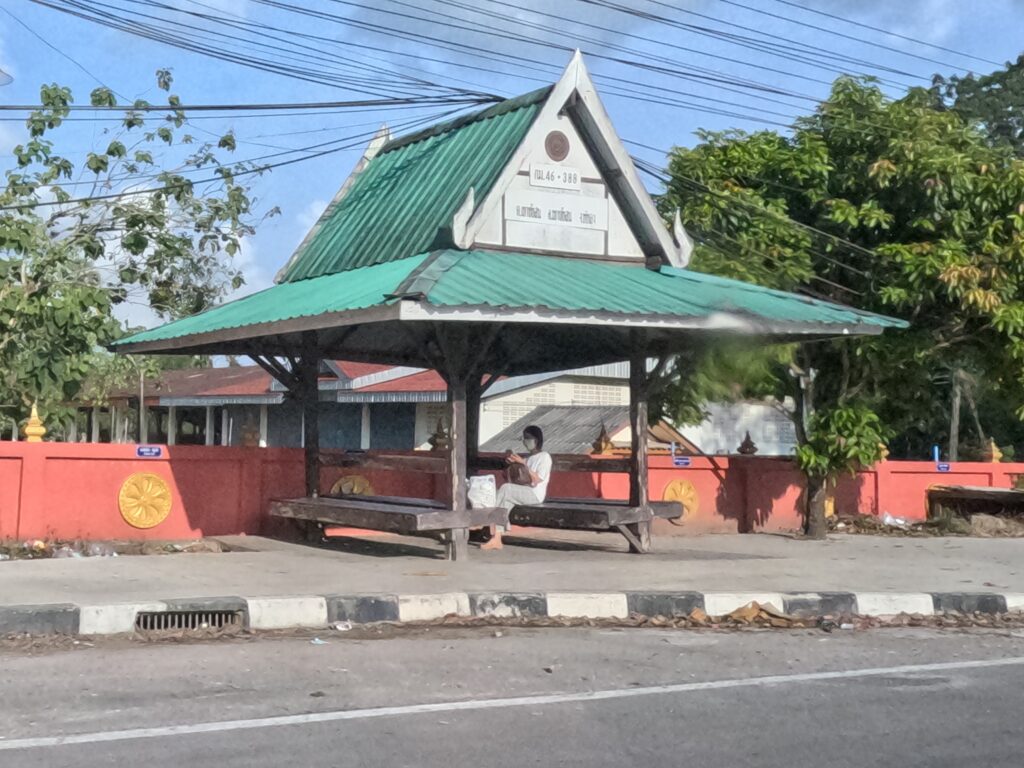
But these pavilions are much more than just bus stops.
In a country where half of all registered vehicles are motorcycles (21 million of them), and there is intense heat and rain, the roadside pavilions provide a welcomed shelter for motorcyclists. Some also use them just to have a rest or even a nap, or to make a phone call.

Car users use them too, for resting, eating, or just to make a pause from driving. And some use them to smoke, which is an unhealthy activity, but it would be worse if they did it inside the car.
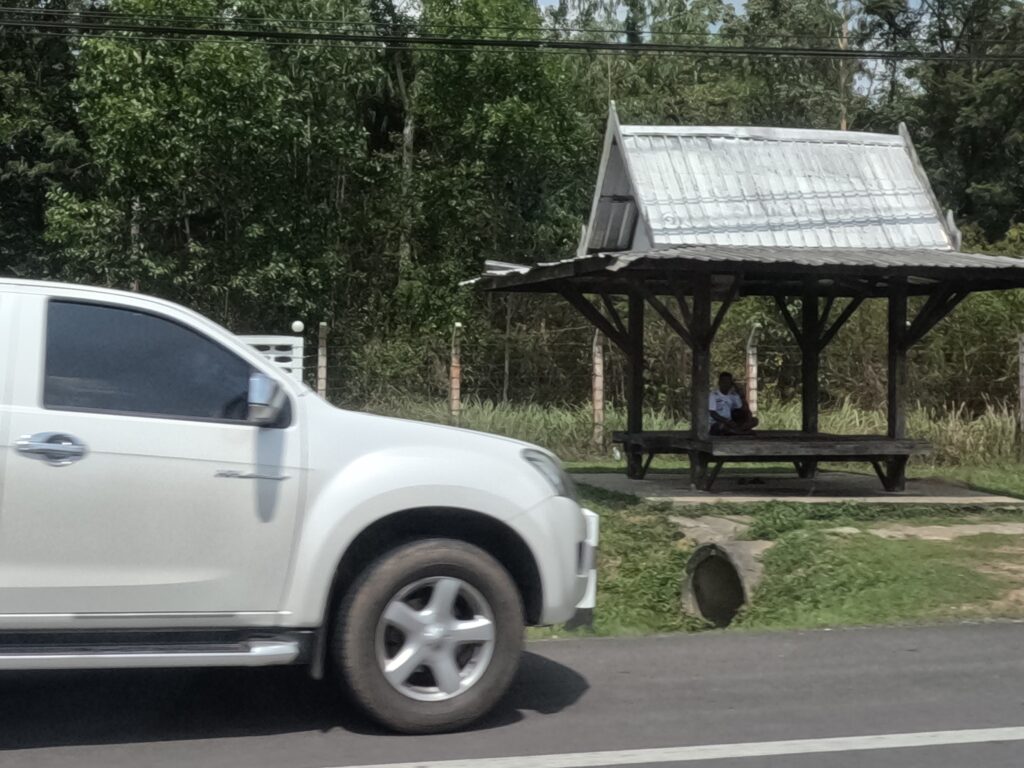
Another fascinating use of roadside pavilions is that they can be a place for socializing. You often see several motorcycles or cars parked nearby and people sharing the pavilions. So it’s a great opportunity to interact with other road users – something that private transport does not provide, by definition. And compared with the bland, commercial resting areas on motorways, these pavilions are more conductive to social interactions.
In some villages, roadside pavilions are also used by locals as a place to meet others and watch the world go by. So they also have a “place” function. And there are possible interactions between travellers and locals.

A less obvious characteristic of these pavilions is that they are easily identifiable in aerial photos, so it’s easy to find the way in Google Maps by using the structures as a spatial reference (“it’s near the 3rd TSMRS after the junction”).
The final purpose of roadside pavilions is just to be iconic. When you see one you know immediately that you are in Thailand. And for Thai residents, seeing these structures around the country, with a similar style, will probably contribute to their image of the country, and to national identity.
There are also similar pavilions along rivers and canals.

There are standards for roadside pavilions. In this site you can see the different designs (A-D are the older, nice ones. E-F are the newer, boring ones). But choosing a design for a new pavilion, or for replacing an old one, is controversial.
Many people prefer the older A-D designs and hate the E-F designs because these do not do their job well. They don’t really block the sun and rain as it’s discussed here (in Thai but with illustrative pictures). Here’s another news showing clearly the differences between the two designs.
On the other hand, supporters of the newer E-F designs argue that the traditional A-D designs are wooden structures, which tend to deteriorate with time. So when they are replaced, they should be replaced with more solid and durable metallic ones, such as E-F designs. These new designs also require less space are have more visibility (when they’re used as bus stops), for passengers and bus drivers. So they can be safer.
In sum, another topic for people to fight about in social media.
I had fun thinking about how these structures could be made more high-tech in the future. If they were in Japan, each one would have several dozen vending machines with drinks and snacks, but from what I was told that wouldn’t work in Thailand for several reasons. Some more ideas: add an emergency phone, or emergency phone charging point. Or an electric vehicle charging point. Or free wi-fi. Or a message board. Or displays with road and weather conditions. Maybe even a microwave???
When checked online I found out that obviously I was not the only one with visions for roadside pavilions. This idea here seems nice. It’s more inclusive as there’s space for wheelchair users. It also has some ads so it can partly fund itself. And the design is modern but it retains some distinctive Thai-style elements. It seems good as a bus stop. But it also seems that all other purposes of the multifunctional structure are gone. It’s just a bus stop…
